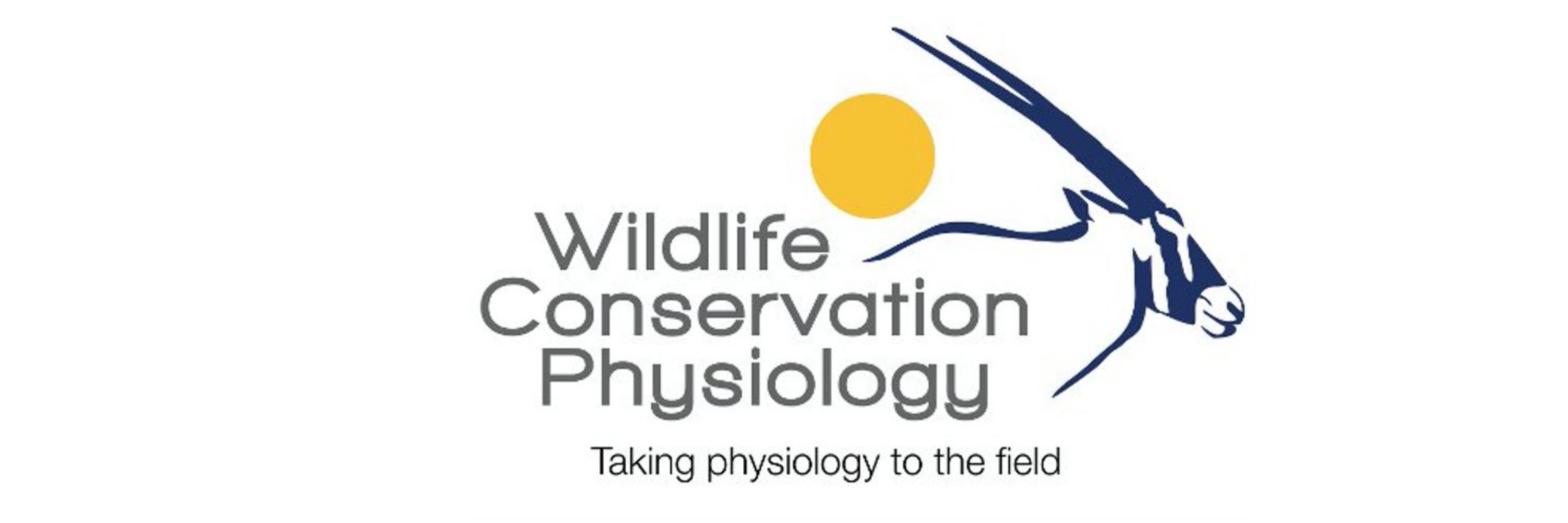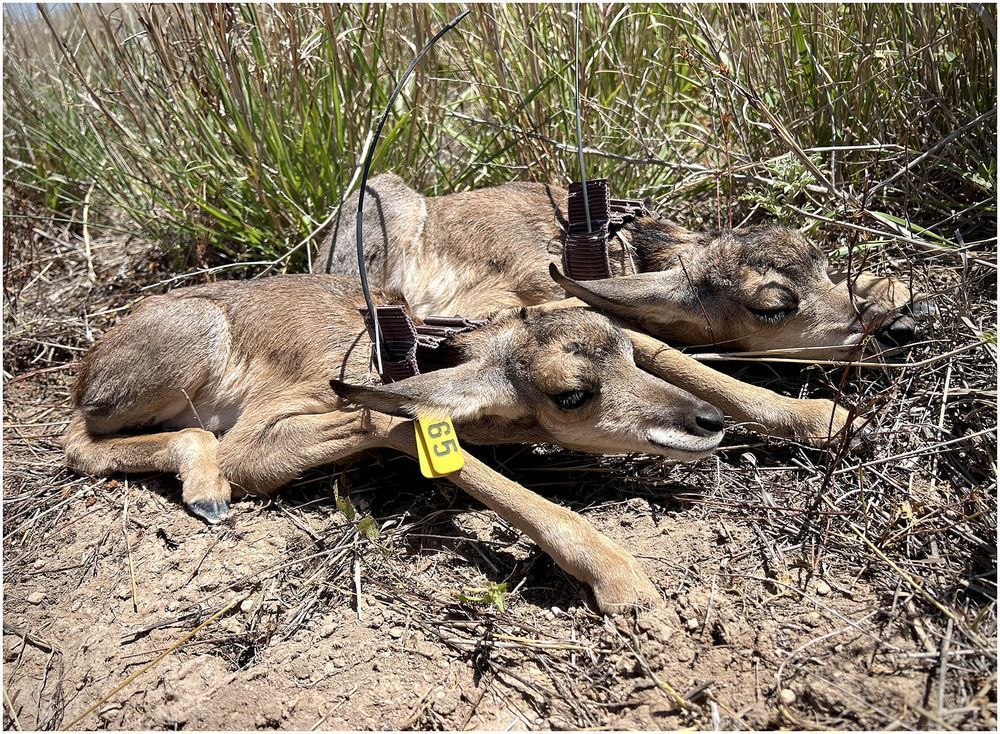Andrea Fuller
@andreafuller.bsky.social
1.1K followers
590 following
120 posts
Wildlife conservation physiology.
Thermal physiology.
Wits University, South Africa.
Editor-in-chief, Conservation Physiology.
Associate editor, Acta Physiologica.
Posts
Media
Videos
Starter Packs
Reposted by Andrea Fuller
Reposted by Andrea Fuller
Reposted by Andrea Fuller
Reposted by Andrea Fuller
Reposted by Andrea Fuller
Reposted by Andrea Fuller
Reposted by Andrea Fuller
Reposted by Andrea Fuller
Reposted by Andrea Fuller
Reposted by Andrea Fuller
Reposted by Andrea Fuller
Reposted by Andrea Fuller
Reposted by Andrea Fuller
Reposted by Andrea Fuller
Aina
@mdg-aina.bsky.social
· 27d
Reposted by Andrea Fuller
Reposted by Andrea Fuller
Reposted by Andrea Fuller
Reposted by Andrea Fuller
Steven J Cooke
@sjcfishy.bsky.social
· Sep 4

The lab-field continuum in conservation physiology research: leveraging multiple approaches to inform policy and practice
Abstract. In the field of conservation physiology, there is often a trade off between conducting research in controlled laboratory settings or in inherentl
academic.oup.com






























